Home>Articles>What Is The Difference Between A Quilt And A Blanket
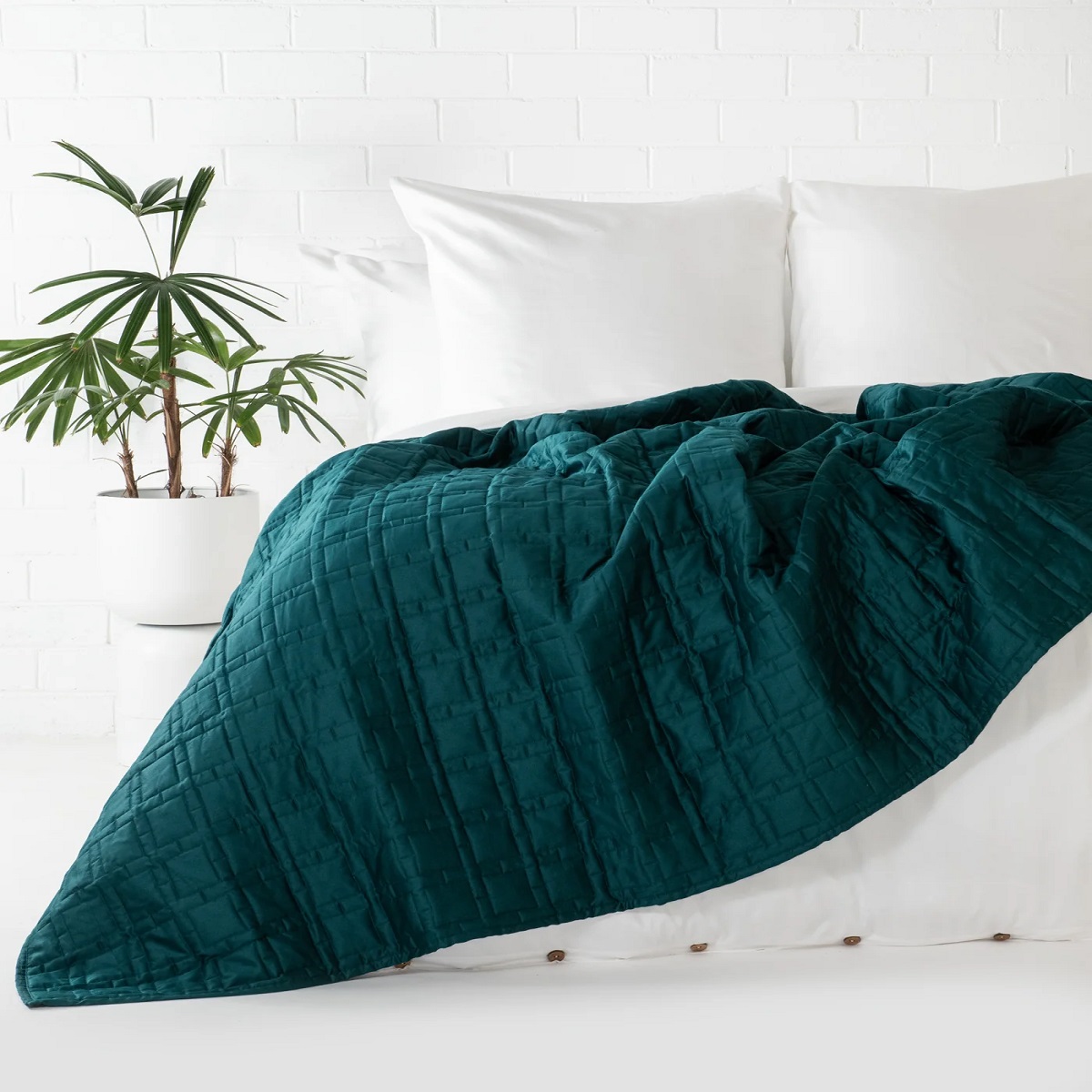

Articles
What Is The Difference Between A Quilt And A Blanket
Modified: March 2, 2024
Discover the key distinctions between a quilt and a blanket in this informative article. Uncover the unique characteristics of each and their diverse applications.
(Many of the links in this article redirect to a specific reviewed product. Your purchase of these products through affiliate links helps to generate commission for Storables.com, at no extra cost. Learn more)
Introduction
When it comes to bedding, two terms that often get used interchangeably are quilt and blanket. While both serve the purpose of providing warmth and comfort, there are subtle differences between the two. Understanding these distinctions can help you make the right choice for your bedding needs. So, let’s delve into the world of quilts and blankets and explore their unique characteristics.
A quilt and a blanket may seem alike at first glance, but they differ in terms of construction, materials, insulation, design, and functions. These differences can impact the overall comfort, style, and functionality of the bedding. By understanding what sets them apart, you can make an informed decision when choosing between a quilt and a blanket.
In this article, we will break down the key differences between a quilt and a blanket, discussing their construction, materials, insulation, design, uses, care, and cost. Whether you’re shopping for new bedding or simply curious about the nuances between these two essentials, read on to discover the distinctive features that make each one unique.
Key Takeaways:
- Quilts showcase artisanal craftsmanship and intricate designs, making them ideal for colder climates and those who appreciate the artistry and history behind quilting. They provide both practical warmth and aesthetic beauty.
- Blankets offer simplicity, versatility, and affordability, providing cozy comfort and a wide range of options in terms of materials, textures, and colors. They are readily available and can be easily incorporated into any home, offering warmth and comfort for everyday use.
Definition of a Quilt
A quilt is a type of bedding that consists of three layers of fabric stitched together. The top layer, known as the quilt top, is typically made of decorative and patterned fabric. The middle layer, called the batting, provides warmth and insulation. The bottom layer, known as the backing, is usually a solid-colored fabric that adds stability and reinforces the quilt.
Quilts are often made using a technique called quilting, which involves stitching the three layers together using intricate patterns and designs. This stitching not only holds the layers in place but also adds decorative elements to the quilt. Quilting can be done by hand or by machine, with both methods producing beautiful and functional quilts.
Traditionally, quilts were made by hand, and each stitch was meticulously sewn together. However, with modern advancements in technology, machine quilting has become popular due to its efficiency and precision. Whether handmade or machine-made, quilts exhibit a high level of craftsmanship and artistry.
Quilts come in various sizes, from small lap quilts to large bed-sized quilts, and can be used for both practical and decorative purposes. They are known for their durability and ability to retain warmth, making them a popular choice for cold climates.
One notable feature of quilts is their versatility in design. Quilt patterns range from traditional and classic to modern and contemporary. They can feature intricate patchwork, appliqué, or embroidered designs, adding a unique and personalized touch to the bedding. Quilts are often cherished heirlooms that are passed down through generations, making them both functional and sentimental.
Definition of a Blanket
A blanket, on the other hand, is a single-layered piece of fabric that is primarily designed to provide warmth and comfort. Unlike quilts, blankets do not have multiple layers or intricate stitching patterns. They are typically made of one type of fabric, such as wool, cotton, fleece, or acrylic, and are available in a variety of thicknesses and weights.
Blankets are known for their simplicity and versatility. They can be used on their own as a lightweight cover or layered with other bedding for added warmth. Blankets are available in different sizes, including throw blankets for snuggling on the couch, twin or full-size blankets for individual use, and larger sizes like queen or king for shared beds.
While quilts often feature decorative patterns and designs, blankets are more focused on functionality. They are designed to provide warmth and insulation without the added embellishments. Due to their single-layer construction, blankets are generally lighter and easier to care for compared to quilts.
Blankets also come in a variety of textures and finishes. Wool blankets, for example, are known for their natural insulation properties and breathability. Fleece blankets are soft, lightweight, and perfect for cozying up on colder nights. Cotton blankets are breathable, hypoallergenic, and ideal for warmer climates.
In addition to their role in providing warmth and comfort, blankets also have other uses. They can be used as picnic blankets, beach blankets, or as a cover for furniture to protect it from spills and damage. Blankets are often more affordable and widely available compared to quilts, making them a popular choice for everyday use.
Overall, the definition of a blanket is a single-layered piece of fabric used for warmth and comfort, available in various sizes, materials, and textures.
Construction and Materials
When it comes to construction, quilts and blankets differ in their layering and stitching techniques. Quilts consist of three layers – the quilt top, batting, and backing – that are stitched together to create a cohesive and durable structure. The top layer is typically made of decorative fabric, showcasing intricate patterns or designs. The middle layer, known as the batting, provides insulation and warmth. Lastly, the backing layer adds stability and reinforces the quilt.
Blankets, on the other hand, are made from a single layer of fabric. This single-layer construction makes blankets lighter and more flexible compared to quilts. Blankets can be made from a variety of materials, including wool, cotton, fleece, acrylic, and more. Each material has its own unique qualities, such as the warmth and durability of wool, the breathability of cotton, or the softness of fleece.
When it comes to stitching, quilts undergo a process called quilting. Quilting involves stitching the three layers of fabric together, often in intricate patterns or designs. This stitching not only holds the layers in place but also adds decorative elements to the quilt. Quilting can be done by hand or by machine, with each method offering its own aesthetic and level of craftsmanship.
On the other hand, blankets typically do not have complex stitching patterns. They are often finished with a simple edge or binding for a clean look. However, some blankets may feature decorative stitching or embossed designs to add visual interest.
When selecting a quilt or a blanket, consider the materials used in their construction. Quilts may include a variety of fabrics and batting materials, depending on the desired warmth, weight, and breathability. Natural fibers like cotton or wool are often used for their comfort and breathability, while synthetic materials like polyester can offer durability and easy care. Blankets come in a range of materials, each with its own set of properties and benefits. Consider the climate, personal preferences, and intended use when choosing the material for your blanket.
Ultimately, the construction and materials of quilts and blankets play a significant role in their overall feel, durability, and aesthetic appeal. Whether you prefer the intricate stitching and layered construction of a quilt or the simplicity and flexibility of a single-layered blanket, both options offer a cozy and comfortable bedding experience.
Insulation and Warmth
When it comes to insulation and warmth, quilts and blankets differ in their ability to regulate body temperature and provide comfort during cold nights or in chilly environments.
Quilts, with their layered construction, are known for their exceptional insulation properties. The middle layer of batting provides a layer of insulation that helps trap warmth and keeps you cozy throughout the night. The thickness and type of batting used can impact the level of warmth provided by the quilt. Quilts made with thicker or denser batting materials, such as wool or down, tend to offer greater insulation and therefore more warmth. This makes quilts an excellent choice for colder climates or individuals who prefer a warmer sleeping environment.
On the other hand, blankets provide a lighter level of insulation. Since they are made from a single layer of fabric, they may not offer the same level of warmth as quilts. However, blankets come in various thicknesses and materials, allowing you to choose one that suits your personal preferences and the climate you live in. Wool blankets, for example, are renowned for their natural ability to retain heat, making them a popular choice for colder regions. Fleece blankets also offer a good amount of warmth, while cotton blankets are more suitable for milder climates or those who prefer a lighter cover during sleep.
Another factor that affects insulation and warmth is the breathability of the materials used. Quilts, particularly those made with natural fibers like cotton or wool, have the advantage of being breathable. This means they can help regulate body temperature by allowing air to circulate and wick away moisture. This is especially important for individuals who tend to sleep hot or experience night sweats.
Blankets, while not offering the same level of insulation as quilts, can still provide adequate warmth when paired with other layers of bedding. They can be used in combination with sheets, comforters, or additional blankets to create a cozy and customized sleeping environment.
Ultimately, the insulation and warmth provided by quilts and blankets depend on their construction, materials, and personal preferences. Quilts excel in offering a higher level of insulation and are suitable for colder climates, while blankets provide a lighter, versatile option that can be layered for added warmth or used alone in milder conditions.
Quilts are made of three layers (top, batting, and backing) and are stitched together, while blankets are typically made of a single layer of fabric. Quilts are warmer and more decorative, while blankets are simpler and easier to care for.
Design and Aesthetics
When it comes to design and aesthetics, quilts and blankets offer distinct visual appeal and decorative options.
Quilts are renowned for their intricate and diverse designs. The quilt top, made of decorative fabric, often features a wide range of patterns, motifs, and colors. Quilters can create stunning designs using techniques such as patchwork, appliqué, or embroidery. From traditional floral patterns to modern geometric designs, quilts offer a wide array of options to suit different tastes and styles. The stitching patterns used in quilting, whether simple or complex, also contribute to the overall visual appeal of the quilt. This attention to detail and craftsmanship makes quilts not only functional but also works of art that can be displayed as a focal point in a bedroom or even hung on a wall.
Blankets, while generally more simplistic in design, can still offer aesthetically pleasing options. Blankets come in a variety of colors, textures, and finishes, allowing you to choose one that complements your bedroom decor or personal style. Some blankets may feature patterns, such as herringbone or chevron, for added visual interest. Others may have subtle textures or embossed designs that add depth and dimension to the fabric. While not as intricate as quilts, blankets offer a more minimalistic and versatile approach to design that can easily blend with any aesthetic.
Both quilts and blankets provide opportunities for customization and personalization. Quilts, in particular, can be made to order or even crafted by hand, allowing you to select the fabrics, colors, and patterns that match your preferences. Blankets can also be personalized with monograms, initials, or even custom-printed designs, adding a unique touch to your bedding.
Whether you prefer the elaborate artwork of a quilt or the simplicity of a blanket, both options offer a way to incorporate your personal style and enhance the overall aesthetic of your bedroom. The design and aesthetics of quilts and blankets allow you to bring individuality and creativity into your bedding choices, making them a delightful addition to any home.
Uses and Functions
Quilts and blankets serve different purposes and have various functions, making them versatile bedding options for different occasions and needs.
Quilts are not only meant for bed covers but can also be used for decorative purposes. Their intricate designs and craftsmanship make them excellent additions to home decor. Quilts can be displayed as wall hangings, used as tablecloths, or draped over furniture to add a touch of charm to any room. They are versatile pieces that can be appreciated beyond their functional use for warmth and comfort.
On the other hand, blankets are primarily designed for providing warmth and comfort. They are versatile enough to be used in various settings. At home, blankets can be used on beds, sofas, and chairs for cozying up while reading, watching TV, or relaxing. Blankets are also essential for outdoor activities such as picnics or camping, providing a comfortable seating area or an extra layer of warmth during chilly evenings.
Both quilts and blankets can be used as bedding options. Quilts can serve as a top layer, offering warmth and style to your bed. They can be paired with sheets and additional blankets for colder nights or used on their own during milder seasons. Blankets, with their lightweight construction, are suitable for use as a standalone cover or as an additional layer to regulate body temperature while you sleep.
Another function of blankets and quilts is their ability to provide comfort and security. Many people find the weight and softness of quilts and blankets soothing, creating a sense of coziness and relaxation. Children often form attachments to their favorite blankets, finding comfort and familiarity in the texture and scent.
Additionally, quilts and blankets can be used for charitable purposes. Quilts, especially those made by hand, are often donated to charitable organizations to provide warmth and comfort to those in need. Blankets are also frequently distributed to homeless shelters or disaster relief efforts to help individuals facing difficult circumstances.
Ultimately, the uses and functions of quilts and blankets go beyond providing warmth and comfort. They can be decorative pieces, versatile accessories for home and outdoor use, essential components of bedding, sources of comfort and security, and tools for charitable acts of kindness.
Care and Maintenance
Caring for quilts and blankets is important to ensure their longevity and continued performance. While both may require regular maintenance, there are some differences in caring for these two types of bedding.
Quilts, due to their layered construction and decorative stitching, require more delicate care. Handmade quilts should be treated with extra care to preserve their craftsmanship. It is generally recommended to wash quilts infrequently, as excessive washing can cause wear and tear over time. When washing is necessary, it is advisable to use a gentle cycle with mild detergent and cold water to prevent damage to the delicate fabrics and stitching.
Some quilts may be labeled as “dry clean only,” and in such cases, it is best to follow the care instructions provided by the manufacturer or consult a professional cleaner experienced in handling quilts. To maintain the shape and appearance of the quilt, it is advisable to air dry it or use a low heat setting in the dryer, if applicable.
Blankets, on the other hand, are often more resilient and can withstand more frequent washing. They can usually be machine washed on a gentle cycle with cold or warm water, depending on the fabric type. It is essential to check the care instructions provided by the manufacturer to ensure proper care. Avoid using harsh detergents or bleach, as these can damage the fabric or alter its color.
When drying blankets, it is typically safe to tumble dry them on low heat or air dry them flat to maintain their shape and prevent shrinkage. Some materials, like wool, may require specific drying methods to prevent damage, so it is crucial to refer to the care instructions.
Both quilts and blankets benefit from regular airing out to freshen them up and prevent the buildup of odors. It is also recommended to take precautions to protect the bedding from stains or spills by using removable covers or, in the case of quilts, making use of a protective barrier between the quilt and the individual using it.
Proper storage is also essential to maintain the quality of quilts and blankets when not in use. Quilts should be stored in a cool, dry place away from direct sunlight to prevent fading or discoloration. Blankets can be stored folded or rolled, depending on the fabric, and should be kept in a clean and dry environment to prevent the growth of mold or mildew.
Regular care and maintenance, including proper washing, drying, and storage, will help extend the lifespan of quilts and blankets, keeping them fresh, clean, and comfortable for years to come.
Cost and Availability
When it comes to cost and availability, there are notable differences between quilts and blankets. These differences can influence the accessibility and pricing of these bedding options.
Quilts are often considered more specialized and artisanal products. They are typically crafted with intricate designs and require time and skill to create. As a result, quilts tend to be more expensive compared to blankets. The cost of a quilt can vary significantly depending on factors such as the materials used, the complexity of the design, and the level of craftsmanship. Handmade quilts, in particular, are highly valued and can command higher prices due to the unique and labor-intensive nature of their creation.
Furthermore, quilts may be available through specialty quilt shops, boutique stores, or online marketplaces that cater specifically to quilting enthusiasts. This narrower market can sometimes make finding a specific quilt design or style more challenging. However, many talented quilters offer custom quilt creations, allowing individuals to have a quilt tailored to their preferences and specifications.
On the other hand, blankets are more readily available and come in a wide range of options to suit different budgets. They are typically mass-produced and widely sold in department stores, bedding stores, and online platforms. This accessibility makes blankets a more affordable bedding option for most consumers. Blankets are available in various materials, sizes, colors, and patterns, allowing individuals to find the perfect blanket to suit their needs and style preferences.
The cost of a blanket can vary depending on the material, brand, and quality. Natural fiber blankets like wool or cashmere tend to be more expensive than synthetic options like acrylic or polyester. Similarly, high-quality blankets with superior craftsmanship or designer labels may command higher prices.
Both quilts and blankets may also be available as vintage or antique pieces, adding to their allure and potentially increasing their value. Collectors and enthusiasts may be willing to invest in these unique and historical items.
In terms of availability, blankets are generally easier to find and may come in a wider range of options compared to quilts. However, quilts offer a level of exclusivity and artistry that appeals to those seeking a more distinctive and personalized bedding experience.
Ultimately, the cost and availability of quilts and blankets can vary, with quilts often being priced higher and available through specialized channels, while blankets offer a wider range of options and price points, making them more accessible to a larger market.
Conclusion
In summary, quilts and blankets each have their own unique characteristics and functions that make them valuable additions to our bedding options. Quilts, with their layered construction, intricate designs, and artisanal craftsmanship, embody both practical warmth and aesthetic beauty. They are a testament to the artistry of quilting and can be passed down as cherished heirlooms.
On the other hand, blankets offer simplicity, versatility, and affordability. They provide cozy comfort and a wide range of options in terms of materials, textures, and colors. Blankets are readily available and can be easily incorporated into any home, offering warmth and comfort for everyday use.
The decision between a quilt and a blanket ultimately depends on personal preferences, style, and individual needs. Quilts are an excellent choice for those seeking a unique and decorative bedding option that showcases craftsmanship and tradition. They are ideal for colder climates and those who appreciate the artistry and history behind quilting. Blankets, on the other hand, provide a more practical and versatile bedding option that can be used in various settings and climates.
Regardless of your choice, caring for both quilts and blankets is crucial to maintain their quality and longevity. Following proper care instructions will ensure that these bedding essentials remain in excellent condition for years to come.
In conclusion, both quilts and blankets offer warmth, comfort, and style to our bedding choices. Whether you gravitate towards the intricate artistry of a quilt or the simple functionality of a blanket, both options provide a cozy and inviting sleep experience. So, consider your personal preferences, the climate you live in, and the aesthetic you desire when choosing between a quilt and a blanket, and enjoy the comfort they bring to your sleep routine.
Frequently Asked Questions about What Is The Difference Between A Quilt And A Blanket
Was this page helpful?
At Storables.com, we guarantee accurate and reliable information. Our content, validated by Expert Board Contributors, is crafted following stringent Editorial Policies. We're committed to providing you with well-researched, expert-backed insights for all your informational needs.






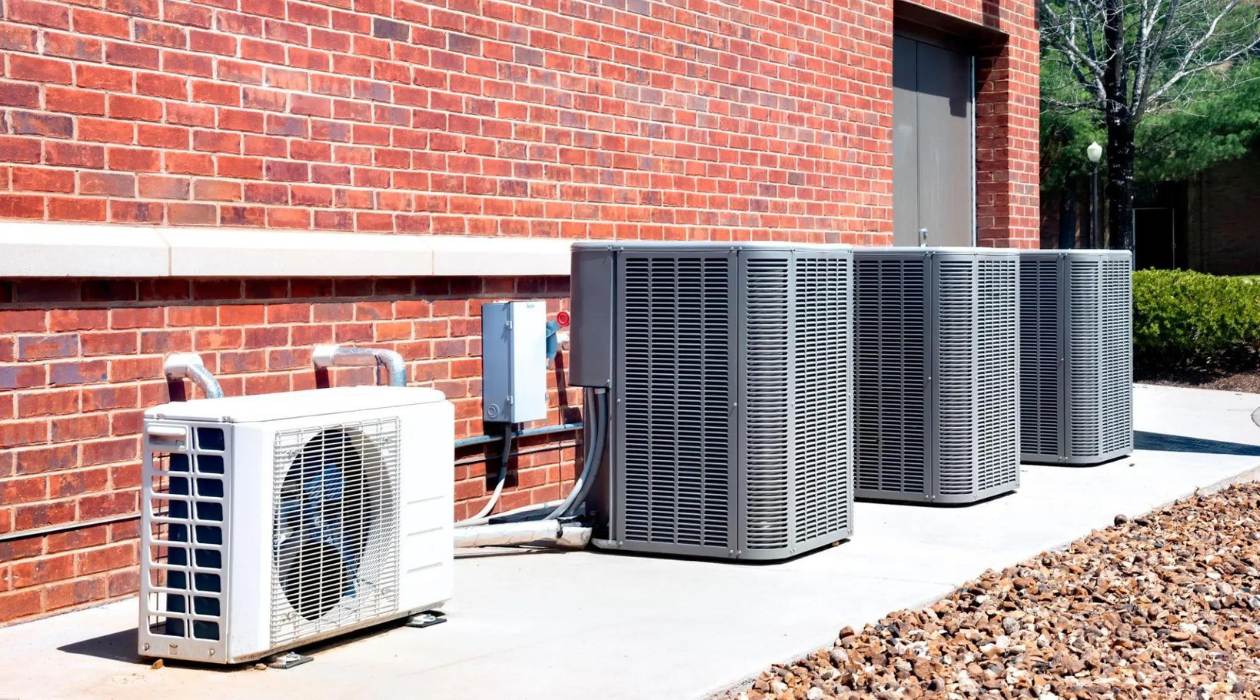

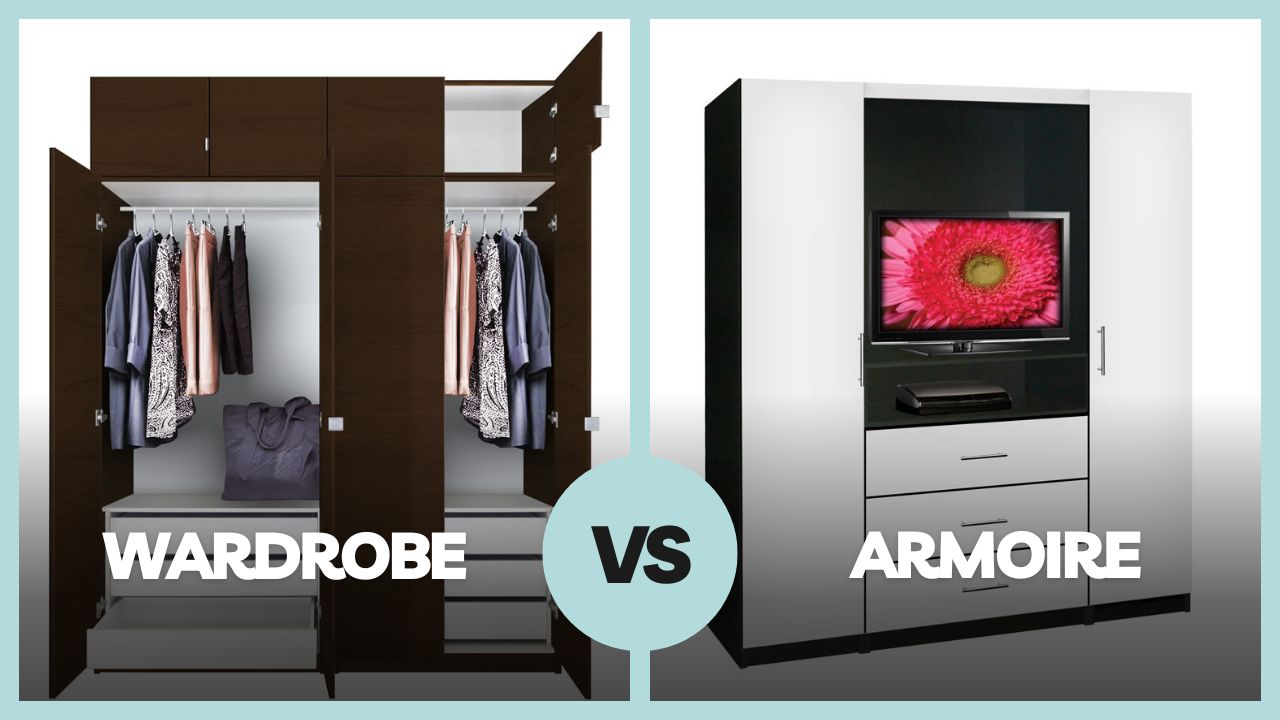


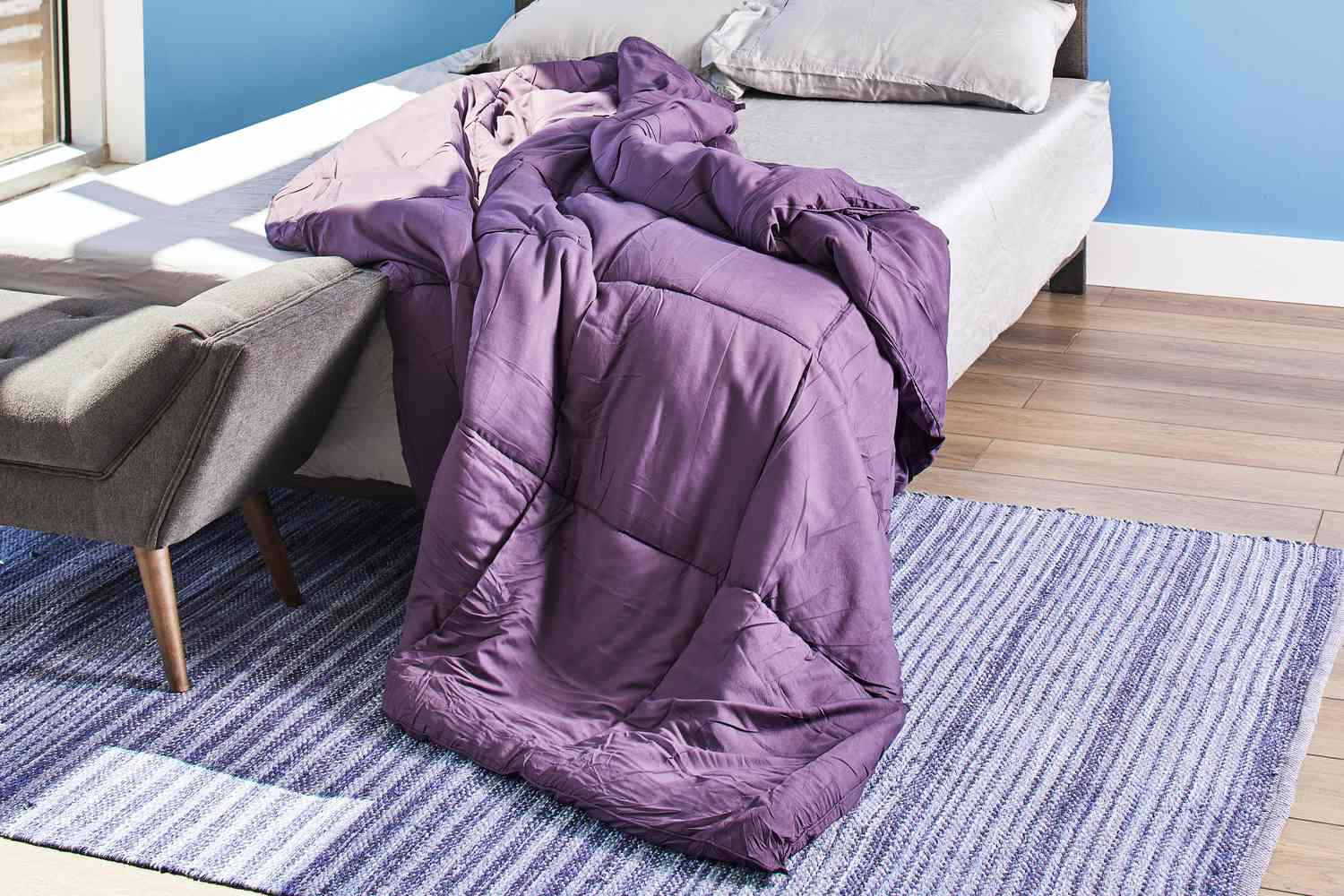
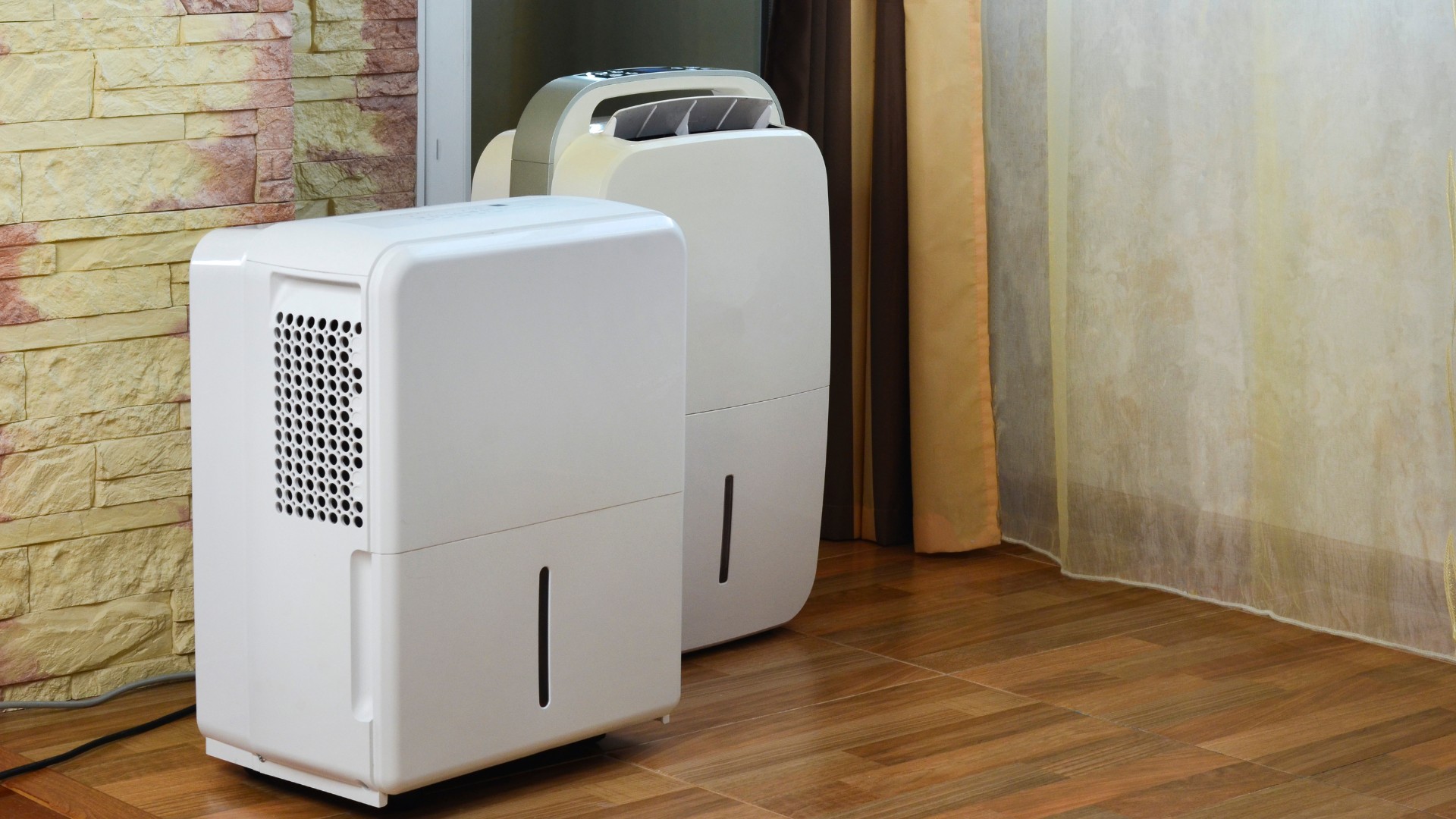

0 thoughts on “What Is The Difference Between A Quilt And A Blanket”